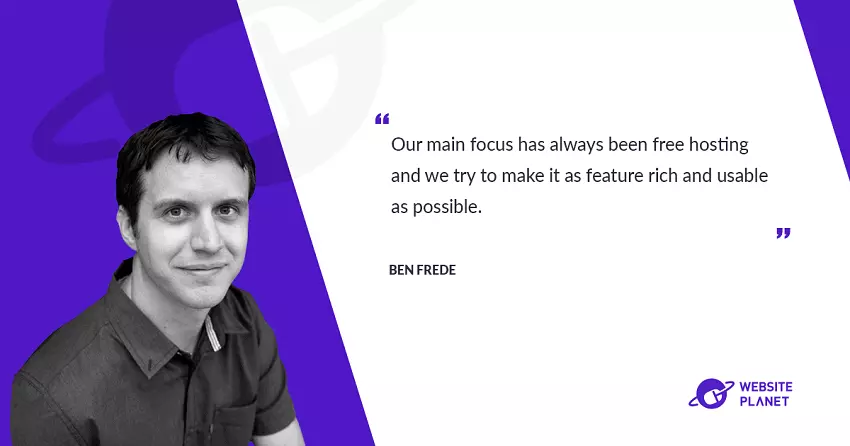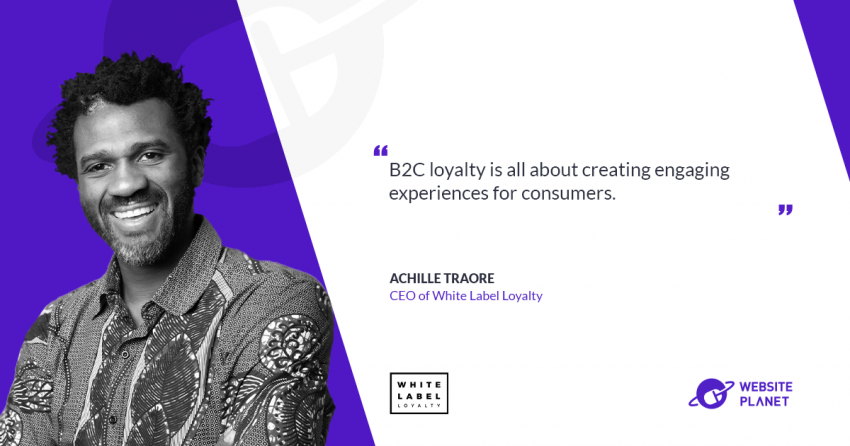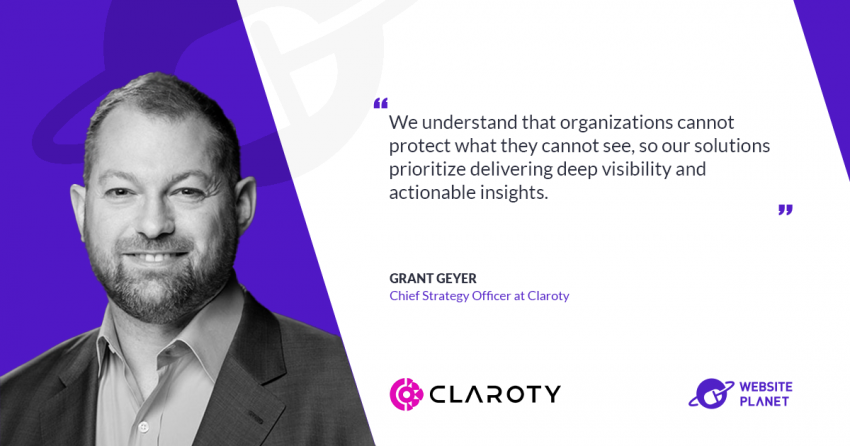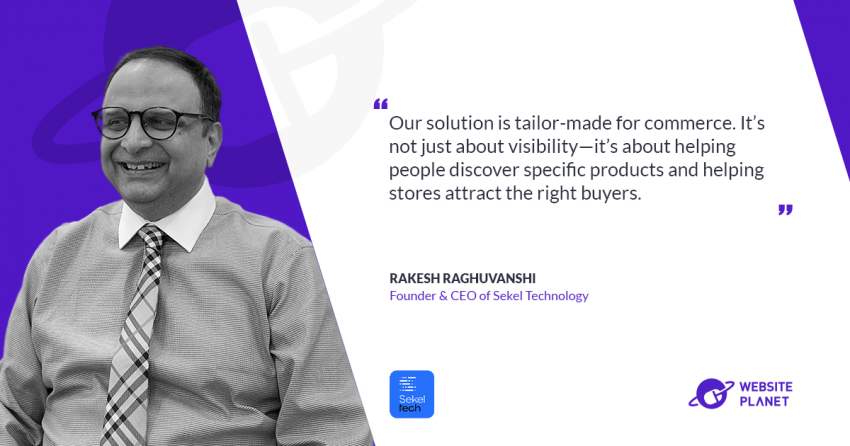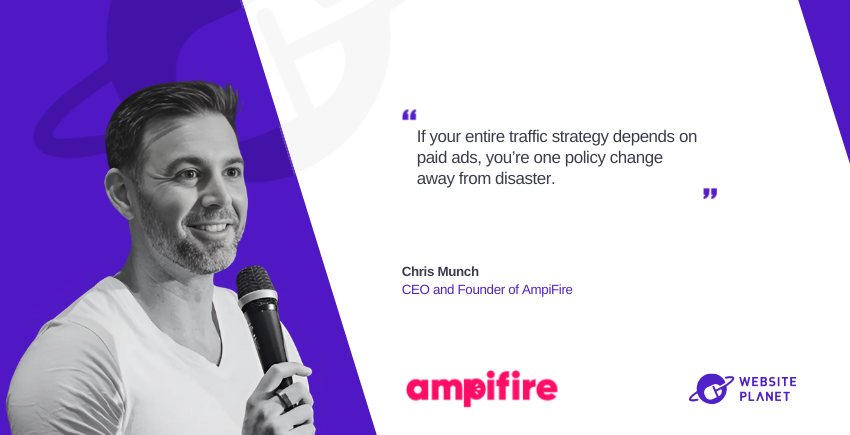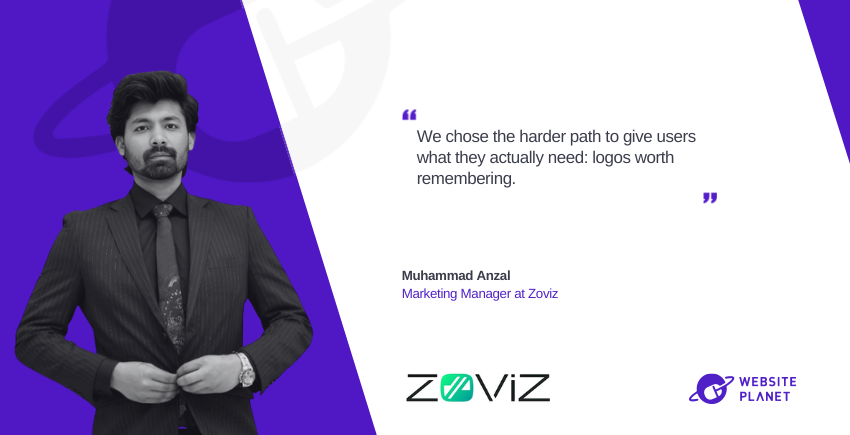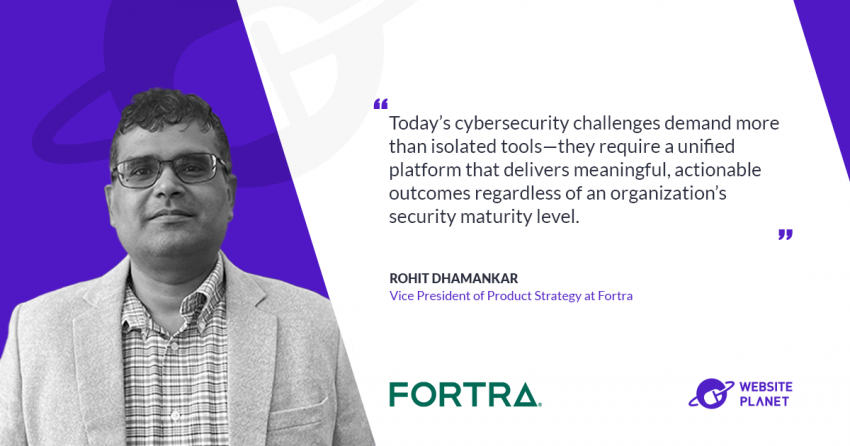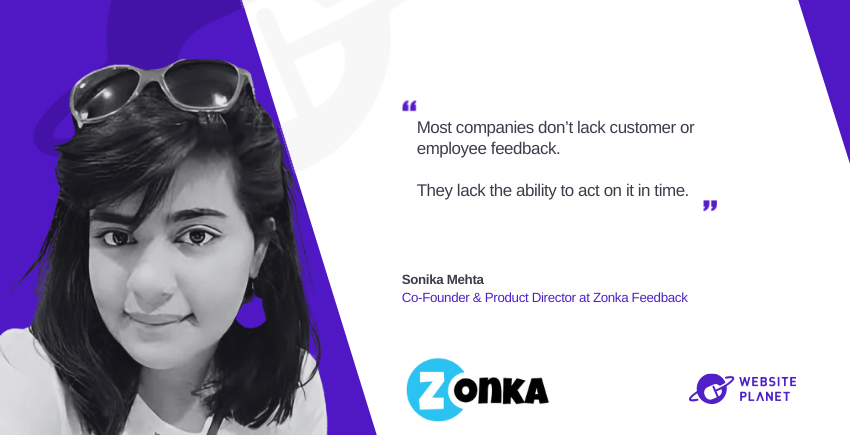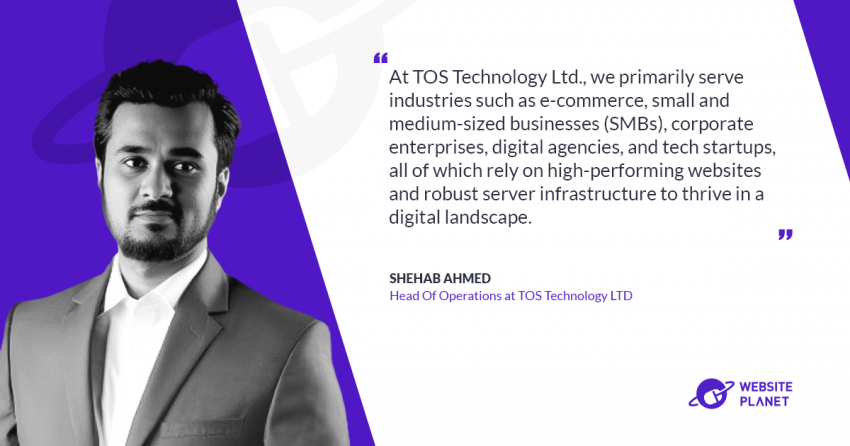This week, we had the opportunity to speak with Ben Frede, the CEO of
Helio Networks. We covered different topics such as the evolution of HelioHost as a non-profit organization, new and trending web hosting technologies, and the impact that Covid-19 had on the business.
What is Helio Networks (HelioHost)?
HelioHost is a 501©(3) non-profit organization powered by a community of volunteers whose mission is to provide free web hosting to users around the world that can’t afford to pay. We own all of our own hardware which we operate out of an experienced and reliable data center in Silicon Valley. Since we don’t rent or lease servers from other hosting companies it allows us to keep our costs as low as possible, and provide premium features such as unlimited bandwidth, unlimited inodes, unlimited databases, and unlimited domains on our free hosting plans.
Please describe the story behind the company: What sparked the idea, and how has it evolved so far?
Ashoat Tevosyan started the company in 2005 when he was 14 years old. It started as just
helionet.org a forum for people to chat, but he realized that a cpanel reseller plan was only a little more than what he was already paying so he purchased the domain
heliohost.org and began offering to host websites for people. Originally the website hosting was just a way to draw more people to the forum, but as the years went by the hosting became the main focus and the forums were a way for the hosting users to get support. HelioHost has continued to grow slowly and steadily over the years since then. Running a hosting company as a 14-15 year old kid is a lot of work, so naturally some people would show their appreciation for the free hosting by helping others out on the forums.
I found HelioHost in 2009 when I was looking for a place to host a few simple php scripts. I didn’t need any help so I didn’t even look at the forums at first, but then one day one of my php scripts started malfunctioning so I created a forum account and asked for help. Ashoat solved my issue, and I was drawn in to the community almost immediately, and began trying to help other people out. It didn’t take long for the current admins to notice my helpfulness, and I was promoted several times during the next few years. Eventually most of the other admins lost interest and disappeared. The state of the servers was a complete mess. I didn’t really have any idea what I was doing, but there wasn’t really anyone else left to keep HelioHost going so I jumped in and did the best I could and learned a lot in the process. I went from just a regular random user of a service to the CEO of the company, and Ashoat is still active as the CFO.
From there we’ve just been slowly growing and expanding over the years. Things have changed a lot since 2009, and we’ve had to adapt a lot over the years, but our mission to provide quality free hosting has always been at the core of everything we do. When I discovered HelioHost there was only one server, now we have six physical servers, eleven virtual servers, and 34 active VPS subscriptions. HelioHost has always been operated by volunteers, but in 2017 we finally made it official by applying for and receiving charity status from the IRS. This has allowed us to cut costs, receive plenty of non-profit benefits, and our donors in the US are able to claim tax deductions on their gifts. In 2018 we held our first fundraiser as a non-profit and it was a resounding success. We used the money to buy a new server, and each year since then we’ve held another fundraiser to buy some more hardware and raise money to pay the bills. It’s really amazing to see people connect with our mission and donate so we can continue providing free hosting to tens of thousands of users around the world.
How do you envision the future of your industry?
I believe there will always be a demand for free web hosting. The struggle for us definitely isn’t finding users, but we will always have bills to pay so we’ll need to continue to find new and creative ways to find funding and get donations. A couple years ago we began providing VPS service to a few users, and that has grown considerably in the last year. 35% of our operating costs are paid for by VPS subscriptions now and we expect that number to continue to rise. We’re also considering setting up another shared hosting server that is exclusively reserved for monthly recurring donors to get them the best performance we can provide. If they cancel their recurring donation we’ll just automatically move them back to the free plan.
It seems like most free hosting providers are paid hosts first and foremost, and the free hosting is just a gimmick to try to get people hooked on their service. Most of the time these free plans are so restricted and useless that you can’t even host a real site on them. Our main focus has always been free hosting, and we try to make it as feature rich and usable as possible. We have people who have been using our service continuously for 13 years without donating a dime, and that’s fine. For years our users have begged us to provide paid hosting plans in addition to our free plans, and we’re starting to move in that direction with our VPS subscriptions and our plans for a paid server in the next year. It’s nice for them to not have to leave and learn a new hosting service.
Which trends and technologies do you find to be particularly intriguing these days?
We’re pretty excited about node.js. Our users are really excited about it too. This is definitely the feature that we’ve had the most requests for recently, and we were very happy to provide it. Quite a few people use it. Python is definitely a trend that keeps getting bigger and bigger. It seems like it’s most people’s first coding language that they learn, and it can be used for pretty much everything. We’ve been happy to provide people with hosting for Python scripts, bots, cgi, django, flask, and more. Java certainly isn’t new, but it’s still very popular, and a lot of our users come to us looking to host their Java servlets.
One thing I think people should be more excited about is http/2. It makes a web developer’s job so much easier and allows you to produce much cleaner, more readable code for your sites that makes a lot more sense. Gone will be the days of css and javascript inlining, and image sprites. Sites will get a nice speed boost, and it will make the internet a more secure place too. IPv6 is something else that people should be excited for that everyone is sort of dragging their feet about. There’s only 4.2 billion IPv4, and the internet is pretty much out. IPv4 certainly isn’t expensive, but when you’re a non-profit with a miniscule budget every dollar counts, and IPv4 costs eat into our revenue. On the other hand IPv6 is free, and our organization has 18.4 quintillion allocated to us and available for use. That’s the total number of IPv4 for the entire world squared. It’s an unthinkably huge number. I’m sure the engineers in the late 70s and early 80s that developed IPv4 thought 4.2 billion was an unthinkably huge number too though.
How has COVID impacted your customers and business?
We’ve seen a pretty sizable increase of business since the pandemic began. A lot of people out there are struggling, and they’re turning to free hosting for help. We’ve had several users tell us that they’re currently homeless, but they still have a phone so they can still keep their personal portfolio and resume online in the hopes of landing a new job. We’ve had quite a few teachers contact us about using our free hosting to give their students that are stuck at home some real world experience hosting a website. Small businesses are in trouble too, and it’s more important than ever for them to have a website so they come to us to host it for them for free to save some money. People aren’t physically going to store locations much at all anymore, but they are now looking for those businesses online instead so they need to have a website.
At the same time Covid-19 has put a damper on some of our scheduled maintenance and upgrades. We were planning on upgrading one of our servers this spring, but it became unsafe to travel in the US so we couldn’t send someone to our datacenter to do the necessary work to make the upgrade possible. We’re hoping it’s safe to travel by the time we finish our current fundraiser, and purchase the hardware so we can install it in our datacenter.
If you have anything else that you want to point out or highlight, please go ahead.
I mentioned it briefly above, but I wanted to expand a little on the new paid hosting we have planned for the next year. One of the things that HelioHost excels at is monitoring the load on our servers that different websites and accounts are causing. Load is the enemy and we’re in a constant battle against it. Normal paid hosting providers generally only put a hundred or so accounts on a server. We have 30 times that many, but most hosting providers can just throw a couple more servers online when they start to get too many users. Since we turn away hundreds of potential users each day because our servers are full one of our biggest goals we have is to try to host as many accounts as we can on our limited budget. That means we’re constantly pushing our servers to the absolute limit of what they can achieve.
Because of this over the years we’ve developed very unique and effective ways to monitor load to keep our servers online. We’re now planning on using that custom technology to introduce a new type of hosting for us that scales with a website as it starts to receive more traffic. Basically what this will allow is rather than taking a website offline that is causing too much load the system will dynamically allocate more resources to that one site to keep it online, and when it exceeds the capabilities of our shared hosting it will seamlessly be transferred to its own virtual server without any downtime which will insulate the other sites on the shared hosting from experiencing slowdowns or downtime. As the growing site begins to use more and more server resources our system will automatically adjust the daily cost which will be drawn from a prepaid account. The user will be able to specify a maximum that they’re willing to pay, and if the spike of load begins to fade they will automatically be transferred back onto a less expensive rate. We’re really excited to set up and test our new system, and we expect our users to be pretty excited about it too. Obviously we’re too small to host the next Facebook, but we’ll do everything we can to keep the site online as long as we can with this new plan.
